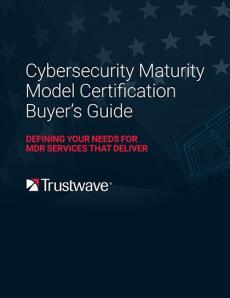BlackByte Ransomware - Pt 2. Code Obfuscation Analysis
In Part 1 of our BlackByte ransomware analysis, we covered the execution flow of the first stage JScript launcher, how we extracted BlackByte binary from the second stage DLL, the inner workings of the ransomware, and our decryptor code. In this blog, we will detail how we analyzed and de-obfuscated the JScript launcher, BlackByte’s code, and strings.




